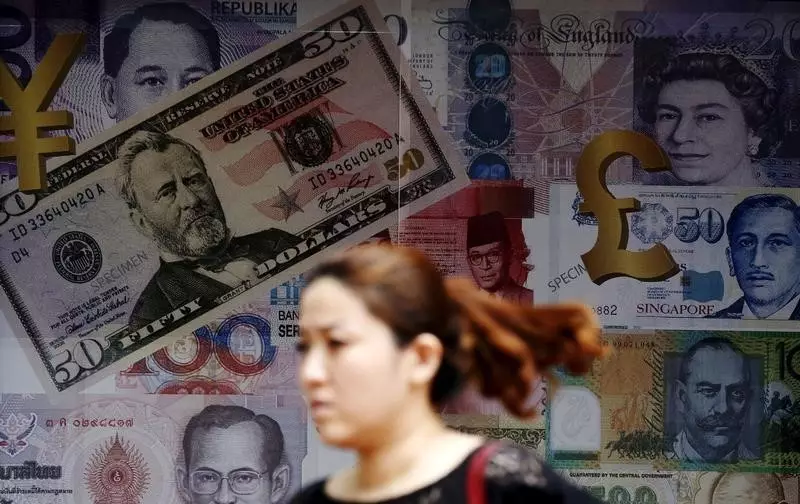As Indian importers grapple with the complexities of currency fluctuations, a noticeable shift is occurring in how they manage foreign exchange risk. With the Indian rupee exhibiting lower volatility, traders are increasingly exploring options strategies rather than relying solely on traditional forward contracts, which have recently become prohibitively expensive. The recent rise in forward premiums, driven largely by expectations surrounding the U.S. Federal Reserve’s impending rate cuts, has compelled importers to seek more cost-effective alternatives.
The dynamics of the U.S.-India interest rate differential have intensified, causing forward premiums for the dollar/rupee one-year outlook to soar upwards by nearly 75 basis points, reaching a peak not seen in 16 months. This surge signals a crucial juncture for importers who are finding it increasingly difficult to hedge future currency obligations affordably. Samir Lodha, the managing director at QuantArt Market Solutions, has pointed out that option structures are quickly becoming the preferred strategy for importers looking to mitigate risks without the burdensome costs associated with forward contracts.
At the heart of this transition are options strategies that promise not only flexibility but also significant cost savings. Capped forwards, for instance, allow importers to secure a foreign exchange payment at a predetermined rate while capping their maximum exposure. Such strategies might enable an importer to lock in a payment due in six months at the current dollar/rupee spot rate of 83.96, with protective measures active only up to a threshold rate of 85.
This mechanism takes advantage of the relative stability exhibited by the rupee, which finds itself among the least volatile currencies in the Asian region, largely thanks to proactive measures from the Reserve Bank of India. The central bank’s interventions in both buying and selling dollars serve to suppress excessive fluctuations, thereby establishing an environment conducive for importers looking for reliable hedging mechanisms.
Market experts assert the importance of incorporating diverse options such as seagulls and knockouts in current transactional frameworks. These options allow importers to achieve better pricing relative to forward markets while maintaining the potential for upward price movements. Notably, the knockout structure makes it possible to capitalize on favorable exchange rates without the risk, provided the rupee does not dip beyond a specified level. This paradigm shift towards more flexible strategies reflects a broader trend among importers to prioritize cost-effectiveness in their hedging strategies amidst the fluctuating economic landscape.
An ongoing concern remains, however, that high forward premiums discourage broader adoption of traditional hedging methods. As one FX salesperson aptly noted, the rising barriers have prompted more inquiries for low-cost options structures among importers, emphasizing a clear pivot towards innovative financial instruments that offer both security and savings.
Indian importers are navigating the choppy waters of currency management through a thoughtful embrace of options strategies. With fluctuating market conditions and evolving economic indicators, these adaptive approaches may prove vital in maintaining financial resilience amid the uncertainties of global trade.

